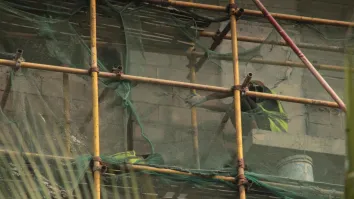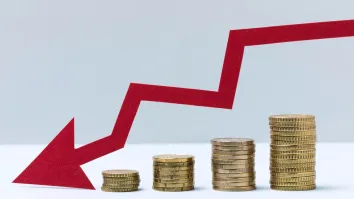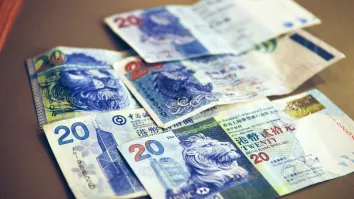
China's exports surged 25% in January
Consequently trade surplus contracted to US$29.2b.
According to Nomura, China‟s exports grew by 25.0% y-o-y in January while imports grew by 28.8%, meaning the trade surplus contracted to USD29.2bn from USD31.6bn.
Year-on-year growth is distorted by the fact that the Dragon arrived in January last year while the Snake arrives on 10 February. Nonetheless, monthly sequential growth also suggests both exports and imports strengthened in January.
On a 3m-o-3m basis, export growth picked up to 4.8% in January from 2.4% in December, while import growth rose to 7.1% from 2.0%.
Here's more from Nomura:
We break down import growth into three components: First, growth of parts imported for processing trade and re-exports, which reflects external demand, dipped to 3% in January from 4% in December, but was still higher than the historical average.
Second is commodity imports, where we focus on volumes rather than values given the fact they are heavily driven by prices.
Growth of iron ore, crude oil and copper all improved. Third, non-commodity imports for domestic consumption, which also grew faster in January at 7% versus -6% in December.
This was lower than the historical average but is unsurprising given slower GDP growth of 7.9% in Q4 from an average of 10.5% over the past 10 years.
CPI inflation fell to 2.0% in January from 2.5% in December (Figure 5), in line with consensus and our forecasts. The decline was again due to a Chinese New Year base effect.
On a month-on-month basis, CPI inflation rose by 1.0%. Food prices rose by 2.8%, higher than the historical average (Figure 6), while non-food prices rose by 0.1%, in line with historical average.
We expect CPI inflation to rise to 3% y-o-y in February on the base effect and rising food prices. PPI inflation increased to -1.6% y-o-y from -1.9%.



















 Advertise
Advertise






